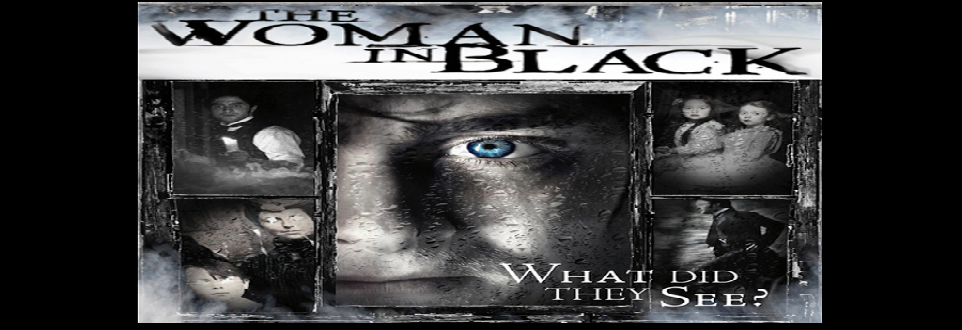Although there has been talk of fire safe cigarettes reaching the UK for the last seven years, the measure has never come to pass. Now, though, the London Fire Brigade is reporting on its website that the European Commission has now agreed on a safety standard for cigarettes and the EU is expected to start selling reduced ignition propensity (RIP) cigarettes (otherwise known as fire safe cigarettes (FSC)) from November, 2011. The measure is defined as “voluntary” but if manufacturers do not comply their products can be removed from the market. (As of today, the measure has not yet come into force, but is still on the cards.)
Traditional cigarettes, currently still on sale within the EU, stay lit until reaching the butt 99% of the time, while fire safe cigarettes, currently on sale in the USA, Canada and Australia, retain ignition only 10% of the time unless the smoker puffs to keep the cigarette alight. These cigarettes work by adding two or three bands of paper along the length of the cigarette, which reduces the oxygen flow and thus causes the cigarette to go out if not puffed at that moment. There are, however, questions over the safety of these new cigarettes.
The state of New York mandated fire safe cigarettes in June, 2004 and in January, 2005 the Harvard School of Public Health published its study on them. The authors tested nineteen compounds in the cigarettes and all nineteen had higher levels of toxicity than their non-FSC counterparts, with carbon monoxide levels being higher by 11.4% and naphthalene 13.9%. Naphthalene can cause myriad side effects if one is exposed to enough of it, such as anaemia, convulsions, vomiting and even comas. In addition to the increased levels of toxic compounds, the bands of paper are glued together with an ethylene-vinyl acetate, copolymer emulsion based adhesive, which is used as carpet glue or the tube used in a glue gun. There is evidence, therefore, that fire safe cigarettes contain higher levels of toxic compounds than ‘normal’ cigarettes, and in a time when much focus is given to the ingredients in cigarettes, should lawmakers not be aiming to reduce these levels rather than increasing them?
Away from laboratory testing and into real world cases, the Internet is awash with cases of smokers who since smoking fire safe cigarettes have suffered from various health problems, which promptly ceased when they switched back to non-fire safe cigarettes or rolled their own. Such is the extent of the problem, in fact, that a petition to remove these cigarettes from the market now has over 27,000 signatures, many of whom state health complaints from the cigarettes.
It has long been known that traditional cigarettes contain an accelerant to keep the cigarette burning. From a business perspective it makes perfect sense: if the cigarette burns faster, the smoker is more likely to consume more and thus purchase more. Rolling papers do not contain this accelerant and are well known for extinguishing regularly, causing the smoker to relight it. One of the most frequently mentioned facts about cigarettes is that they contain over 4,000 chemicals, and so the question is why not simply remove the accelerant to have the same effect as RIP cigarettes, rather than add more chemicals and increase the toxicity of those already present? In The Medical Journal of Australia in 2004, Simon Chapman wrote that “The elimination of citrate and other burning agents in cigarette paper thus appears to be a simple and effective means of dramatically reducing the ignition propensity of cigarettes.”
A final point to consider is the overall effectiveness of fire safe cigarettes. New York’s statistics on smoking-related fires show that there were 5.36 fires per 10,000 smokers in the four years preceding 2004 and 5.69 in the four years afterwards. In 2008, however, there were 6.37 fires per 10,000 smokers, meaning that the number of smoking-related fires have actually increased since the introduction of RIP cigarettes, which is even more troubling when one considers the smoking rate dropped from 21.6% in 2003 to 16.8% in 2008.
Unlike the heated discussions surrounding other smoking-related legislation like plain packaging, display bans and graphic warnings being based upon the likelihood of success and government interference in personal choice, the debate on fire safe cigarettes hinges on the safety of the product – according to the reports of those suffering from them, the risks of smoking have changed from an increased risk of disease later in life to an immediate impact on health. While no one would argue against cigarettes that do indeed lower the chances of fires (or are safer in any other way), the issue in question here is whether fire safe cigarettes are really the answer they are presented as.
*This entry first appeared at www.smokescreens.org, October 2011, and has been slightly modified here*



